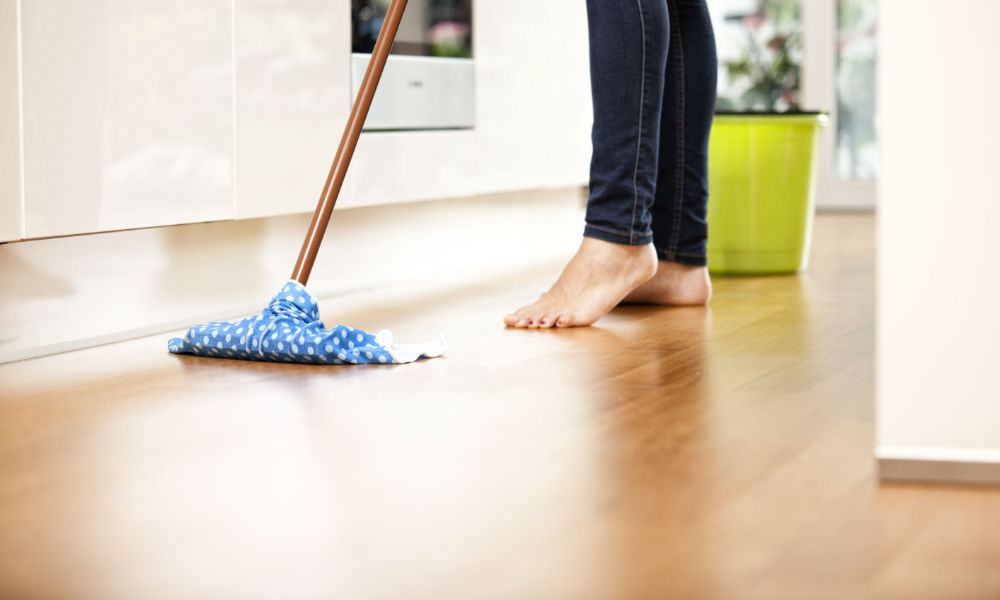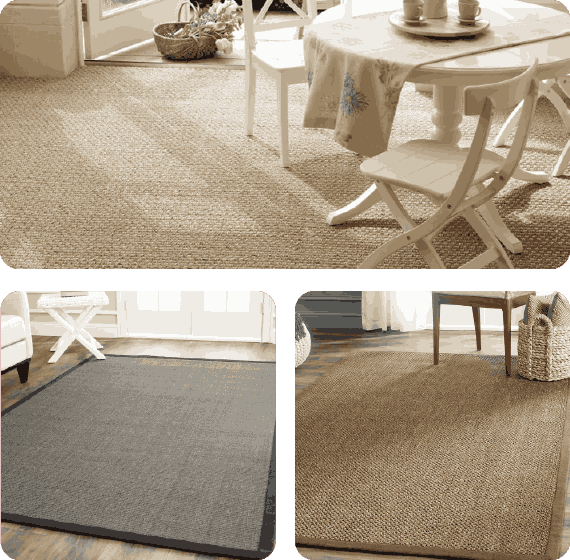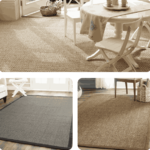An essential first step in guaranteeing the effectiveness and safety of your water heater system is installing a floor drain. By giving extra water a somewhere to go, a floor drain helps stop water damage, particularly in the event of leaks or overflows. This in-depth tutorial will take you step-by-step through the installation of a water heater floor drain, covering all the equipment, supplies, and techniques needed to ensure a good fit.
Tools and Materials:
- Get the necessary supplies and tools before starting the installation process:
- Adaptable wrench
- Cutting tool for PVC pipes
- PVC fittings (couplings, tees, and elbows)
- PVC cement and primer
- Drain trap
- Drain cover indicator
- Measurement tape
- Chainsaw
- pipe wrench
Step 1: Prepare the Work Area
To begin, drain the water heater’s tank and cut off the water supply. To facilitate simple access during the installation procedure, make sure that the area surrounding the water heater is free of any obstructions.
Step 2: Determine the Drain Location
Select a good spot for the floor drain close to the water heater’s base. Water should be able to flow away from the heater and into an appropriate drainage point, either a floor drain or an external exit, depending on where the drain is placed.
Step 3: Mark and Cut the Drain Opening
Draw the contour of the drain opening on the floor with a marker. Using a hacksaw or other appropriate cutting instrument, make cuts in the floor following the designated outline. Make sure the aperture is big enough to fit the lid and drain trap.
Step 4: Install the Drain Trap
In accordance with the manufacturer’s instructions, assemble the drain trap. In order to keep sewage gases out of the water heater area, the drain trap is necessary. Make use of PVC pipe and fittings to connect the trap to the drain opening. To ensure the connections are secure, use PVC primer and cement.
Step 5: Connect the Drain Pipe
A adequate length of PVC pipe should be measured and cut in order to connect the drain trap to the main drain line. To make a seamless, leak-proof connection, use PVC fittings like couplings and elbows. To enable adequate drainage, make sure the drain pipe has a small downward slope.
Step 6: Secure the Drain Cover
Using the included fasteners, cover the drain opening with the drain cover and tighten it in place. To keep debris out of the drain line, the drain cover needs to fit over the aperture securely.
Step 7: Test the Drain
After turning on the water heater’s water supply, look for any leaks near the drain connections. Make sure the trap is operating properly and that water can pass freely through the drain.
Step 8: Secure the Drain Pipe
Use the appropriate screws or clips to fix the drain pipe to the floor once you have verified that the drain is operating properly. This will stop the pipe from shifting or coming loose while it is operating normally.
Step 9: Inspect the Installation
Make sure that every connection is tight and safe by carefully inspecting the whole installation. Look for any indications of damage or leaks that might need more care.
Conclusion
A water heater floor drain installation is a reasonably simple procedure that can significantly improve the efficiency and safety of your water heater system. The correct equipment and materials, along with a step-by-step installation instructions, will guarantee a successful installation and dependable drainage for your water heater. To guarantee the job is completed correctly and safely, it is advised that you seek professional assistance if you run into any problems during the installation procedure.
Faq’s
How does a water heater floor drain benefit my system?
An outlet for extra water is provided by a floor drain for water heaters, reducing the risk of leaks or overflows causing water damage. It lessens the possibility of mishaps and increases the water heater’s lifespan by keeping the area around it dry and secure.
Can I install a floor drain for my water heater myself?
It is possible to do a do-it-yourself water heater floor drain installation, particularly for people with basic plumbing knowledge. To guarantee correct installation and adherence to regional building rules, it is advised that you seek professional assistance if you are unclear of the procedure or feel uneasy about it.
How often should I inspect my water heater floor drain?
It is advised that you routinely check the floor drain on your water heater, particularly during periods of high use or if you see any unusual water buildup near the unit. To make sure the drain is operating properly and to avert possible problems with your water heater system, look for leaks, blockages, or damage.









